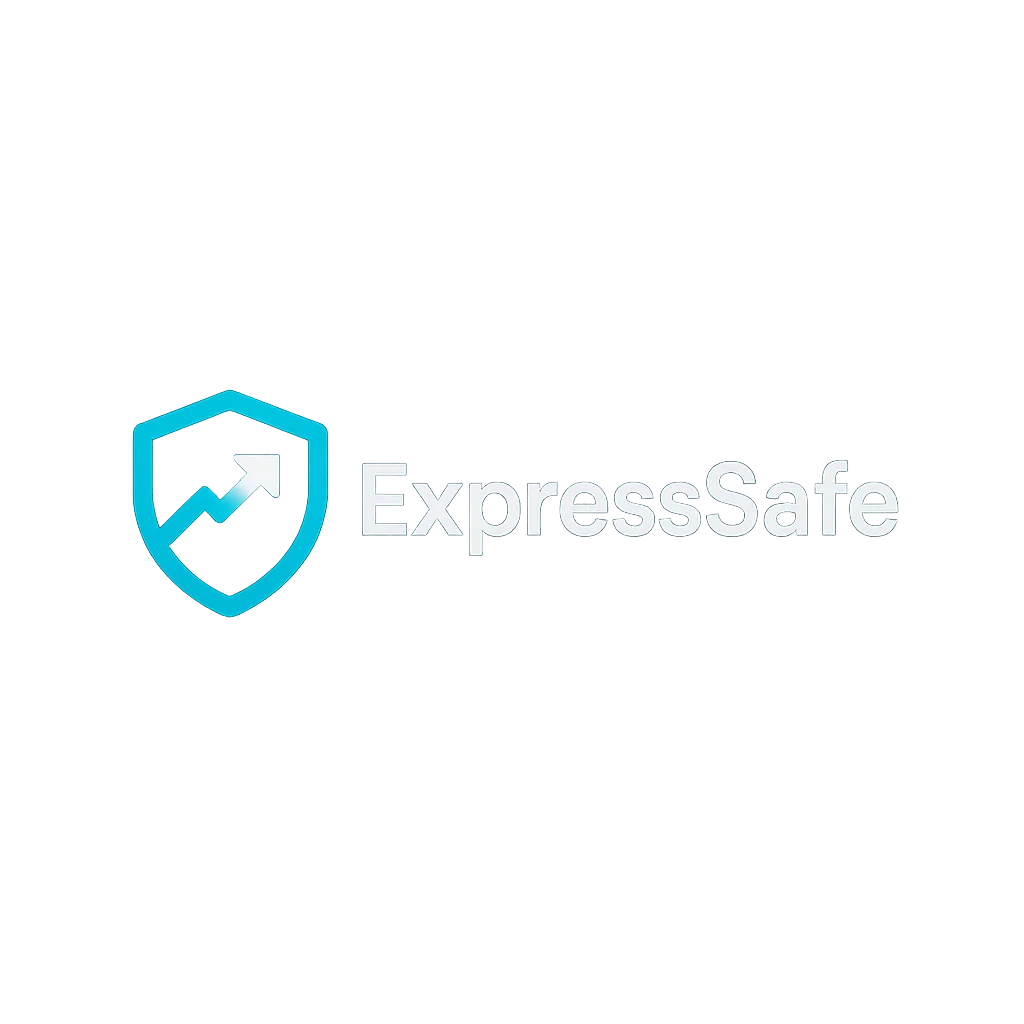Introduction: From Pure Crypto to Tokenized Reality
Crypto finance started with digital-native assets like Bitcoin and Ethereum. But as the space matures, we’re witnessing the integration of real-world financial assets into blockchain ecosystems — a movement known as the RWA Revolution (Real World Assets).
In this ultra-detailed article, we’ll explore:
- What RWAs are and why they’re the next big thing
- How tokenized U.S. Treasuries and corporate bonds are going on-chain
- Real estate, commodities, and even carbon credits entering DeFi protocols
- The key players in the RWA ecosystem
- Risks, regulations, and why institutions are now joining the party
- How advanced users can profit from this trillion-dollar convergence
1. What Are RWAs in Crypto?
Real World Assets (RWAs) are traditional financial instruments (like bonds, real estate, stocks, etc.) represented as digital tokens on a blockchain.
These tokens are:
- 1:1 backed by the underlying asset
- Often issued under regulated frameworks
- Tradable on on-chain platforms or marketplaces
This bridges TradFi (Traditional Finance) with DeFi, unlocking liquidity, speed, and global access.
2. RWA Types: What’s Being Tokenized in 2025
2.1. Tokenized Government Bonds (e.g., U.S. Treasuries)
- Safe, yield-bearing assets
- Example: $1M of U.S. T-bills tokenized into 1M tokens, each worth $1
- Investors earn interest daily/weekly via smart contracts
Platforms:
- Ondo Finance (USDY token)
- Matrixdock (STBT – Short-Term Treasury Token)
- Maple Finance (institutional lending collateralized by RWAs)
2.2. Corporate Bonds
- Tokenized versions of Apple, Tesla, or Microsoft bonds
- Allow retail and DeFi protocols to gain fixed-income exposure
Issuers:
- Swarm Markets, Backed Finance, Obligate, RedStone
2.3. Real Estate Tokens
- Physical buildings fractionalized into tokens
- Allows on-chain yield, rental income, or DeFi collateralization
See previous article for deeper dive.
2.4. Private Credit & Trade Finance
- Small business loans, factoring, invoice finance tokenized
- Offers 8–15% APY to token holders
- Used in emerging markets with unbanked borrowers
Protocols:
- Goldfinch, Centrifuge, Clearpool, Credix
2.5. Carbon Credits & Commodities
- Climate-based tokens backed by real-world CO₂ offsets
- Gold, oil, and agricultural assets are next
Example:
- Toucan Protocol (BCT tokens)
- Moss, Flowcarbon, Allinfra
3. Why RWAs Are Exploding in 2025
3.1. Stable, Predictable Yields
- On-chain T-bills offer 4–6% APY, far more stable than farming
- Institutions want low-risk returns, and RWAs provide that
3.2. Institutional Demand
- BlackRock, Franklin Templeton, and WisdomTree are experimenting with RWA funds
- Banks like JPMorgan and Citi exploring blockchain issuance
- $1B+ tokenized T-bill volume in Q1 2025 alone
3.3. Regulatory Progress
- MiCA in Europe and Reg D/Reg S in the U.S. allow for compliant token issuance
- Countries like Singapore, UAE, and Switzerland are leading
4. DeFi 2.0: RWAs Powering Next-Gen Protocols
4.1. RWA Collateral in Lending
- Protocols like Aave, MakerDAO, and Spark now accept tokenized bonds and real estate as collateral
- Dai is partially backed by U.S. Treasuries through Maker’s RWA vaults
4.2. Yield Aggregators with RWAs
- Sommelier Finance, Instadapp, and Idle Finance integrate T-bill strategies
- Users can earn passive income from real-world returns
4.3. On-Chain Funds & Structured Products
- Tokenized ETFs, fixed-income products, and multi-asset vaults
- Composable finance systems with AI-rebalanced portfolios
5. Key RWA Protocols & Tokens to Watch
| Protocol | Token | Asset Type | Use Case |
|---|---|---|---|
| Ondo Finance | USDY | U.S. Treasuries | Tokenized yield-bearing dollar |
| Centrifuge | CFG | Private Credit | Loans to real SMEs |
| Maple Finance | MPL | Corporate Lending | Underwriting & RWA debt |
| Goldfinch | GFI | Emerging Credit | Non-collateralized loans |
| Backed Finance | bTokens | Equities/Bonds | TradFi tokens (e.g. bAAPL) |
6. Risks and Compliance Challenges
6.1. Legal Recognition
- Not all countries recognize tokenized ownership as legally binding
- Requires trust in custodians and legal wrappers
6.2. Counterparty & Custody Risk
- What if the off-chain custodian goes bankrupt?
- Not as “trustless” as native DeFi — due diligence is key
6.3. Regulatory Clarity
- Unclear rules around tokenized securities in U.S.
- Projects often rely on Reg D (for accredited investors) or offshore structures
7. Opportunities for Advanced Crypto Users
7.1. RWA Yield Farming
- Earn real-world returns through DeFi yield optimizers
- Combine with crypto-native incentives for blended yield stacking
7.2. RWA-Backed Stablecoins
- Use RWA-backed stables (e.g. USDY, GHO, DAI-RWA) for safer DeFi exposure
- Escape algorithmic stablecoin volatility
7.3. Arbitrage
- Arbitrage between on-chain T-bill tokens and TradFi bond prices
- Capture mispricings during interest rate moves
7.4. DAO Treasury Diversification
- DAOs can diversify treasury into RWAs for steady yield
- Reduced reliance on volatile native tokens
8. What’s Next? The Future of RWAs
- RWAs in Layer 2s: Optimism and Base launching compliant RWA markets
- ZK-RWA markets: Privacy-preserving real estate & credit tokens
- AI scoring of tokenized loans for risk modeling
- TradFi asset managers issuing directly on-chain
Conclusion
RWAs represent the most significant bridge between the traditional economy and crypto finance. For the first time, DeFi isn’t just speculative — it’s becoming yield-generating, asset-backed, and real.
This is your moment to get ahead of the next trillion-dollar DeFi wave.
Visit expresssafe.com regularly for in-depth analysis, investment ideas, and advanced tools in the RWA ecosystem.

Leave a comment